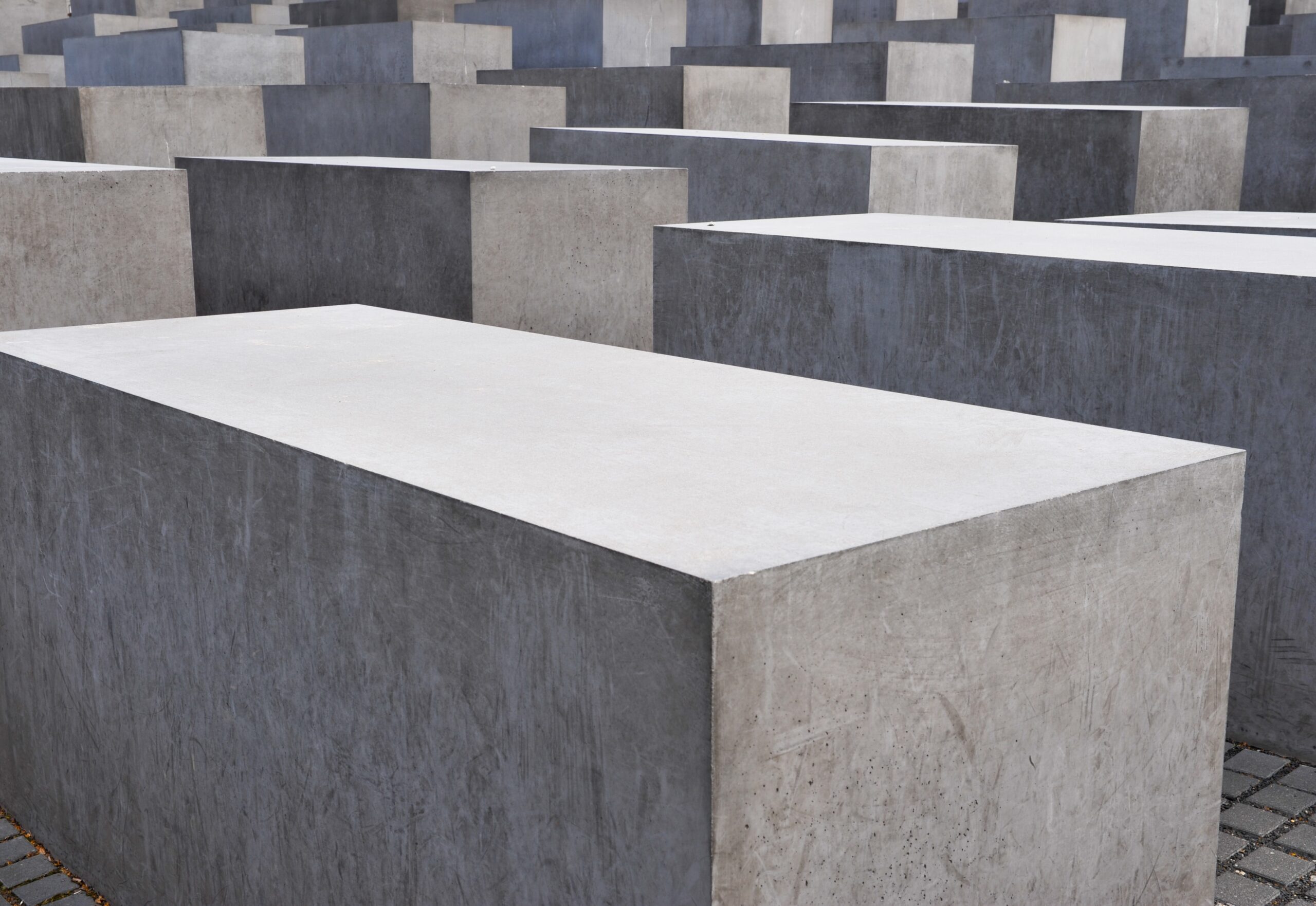
The Role of Proper Concrete Slab Thickness: Ensuring Structural Integrity
- 0
When building buildings, driveways, patios, or any other structure that requires a concrete foundation, one of the most important factors to consider is the thickness of the concrete slab. The thickness of a concrete slab is critical to the structure’s structural integrity and long-term performance. This blog will look at the significance of proper concrete slab thickness, the factors that influence thickness requirements, and the consequences of insufficient thickness.
Why Is The Thickness Of A Concrete Slab Important?
Concrete slabs serve as the foundation and support for a variety of structures, and their thickness has a direct impact on their strength, stability, and durability. Here are some of the main reasons why concrete slab thickness is critical:
- Load-Bearing Capacity: The ability of a concrete slab to bear and distribute loads is determined by its thickness. A sufficient thickness is required to support the weight of the structure, furniture, equipment, vehicles, or other objects placed on it.
- Crack Prevention: Proper thickness aids in the prevention of surface cracks, shrinkage cracks, and structural cracks in concrete. Thin slabs are more prone to cracking under stress, temperature fluctuations, or subgrade settling.
- Durability: In general, a thicker concrete slab is more durable and resistant to wear and tear. It can withstand heavy traffic, resist abrasion, and last for a longer period of time without requiring extensive repairs or replacements.
- Insulation and Moisture Control: Thicker concrete can provide better insulation and moisture control in some applications, such as residential flooring or basement slabs, resulting in a more comfortable and stable indoor environment.
- Structural Integrity: The thickness of a concrete slab is directly related to its structural integrity in buildings and structures. Inadequate thickness can jeopardize the structure’s overall stability and safety.
- Long-Term Performance: Properly designed and constructed concrete slabs of the appropriate thickness contribute to the structure’s long-term performance and service life, lowering maintenance and repair costs.
Factors Influencing the Thickness of a Concrete Slab
Several factors influence the required thickness of a concrete slab, and these factors must be taken into account during the design and construction phases. Here are some of the most important considerations:
- Load Requirements: The type and magnitude of the loads that the concrete slab will bear are important factors in determining its thickness. A driveway, for example, will necessitate a thicker slab than a residential interior floor.
- Subgrade Conditions: The condition and stability of the subgrade (the ground beneath the concrete) influence the required thickness. Thicker slabs may be required to distribute loads evenly in areas with weak or poorly compacted soil.
- Climate and Weather: Climate and weather conditions, such as temperature fluctuations, freeze-thaw cycles, and moisture levels, can all have an impact on the thickness requirement. In areas prone to severe weather, thicker slabs with adequate reinforcement may be required to prevent damage.
- Intended Use: The intended use of the concrete slab is an important consideration. The thickness requirements for a slab used for heavy industrial equipment differ from those for a residential patio.
- Concrete Mix Design: The concrete mix design, which includes the type of cement, aggregates, and admixtures used, can affect the strength of the slab and, as a result, the required thickness.
- Reinforcement: Reinforcement materials, such as rebar or wire mesh, can improve the load-bearing capacity and durability of a concrete slab. Reinforcement may allow for a thinner slab in some cases.
- Local Building Codes: Minimum thickness requirements for concrete slabs are frequently specified in local building codes and regulations. It is critical to follow these codes in order to ensure compliance and safety.
The Effects of Inadequate Thickness
Failure to provide the required thickness for a concrete slab can result in a variety of issues and structural deficiencies, ultimately jeopardizing the structure’s performance and safety. Here are some of the potential consequences of insufficient thickness:
- Cracking: Surface cracks, shrinkage cracks, and structural cracks are more common in thin concrete slabs. These cracks can compromise the slab’s integrity and affect its appearance.
- Settlement and Unevenness: Slabs that are not sufficiently thick may settle unevenly over time, resulting in slopes, depressions, or low spots. This can lead to pooling water, tripping hazards, and an uneven surface.
- Reduced Load-Bearing Capacity: Thin slabs have a limited load-bearing capacity and may not support heavy loads or equipment as intended. This can result in premature deterioration, damage, or even structural failure.
- Inadequate Durability: Thin slabs are more prone to wear and may necessitate frequent repairs or replacements, raising maintenance costs and causing inconvenience.
- Issues with Moisture and Insulation: In applications where insulation and moisture control are critical, insufficient thickness can jeopardize these aspects, affecting indoor comfort and energy efficiency.
- Safety Risks: Thinner slabs may not meet safety standards for specific applications, posing safety risks to structure occupants or users.
Best Practices for Determining the Thickness of a Concrete Slab
Consider the following best practices to ensure the proper thickness of a concrete slab for your project:
- Seek Professional Advice: Engage the services of a structural engineer or an experienced concrete contractor who can assess your project’s needs and provide expert advice.
- Evaluate Load Conditions: Determine the expected loads that the slab will bear, including both static and dynamic loads. This will aid in determining the required thickness and reinforcement.
- Consider Subgrade Conditions: Evaluate the quality and stability of the subgrade to see if any additional subbase or soil improvement is needed to adequately support the concrete slab.
- Examine Local Codes: Examine local building codes and regulations to ensure that minimum thickness requirements and any other relevant standards are met.
- Factor in Climate and Weather: Consider the local climate and weather conditions, particularly if the area experiences extreme temperature fluctuations, freeze-thaw cycles, or heavy rainfall.
- Use Quality Materials: Select high-quality concrete mixtures and reinforcement materials that meet the project’s requirements and specifications.
- Properly Design and Construct: Work with concrete building slabs Charlotte who can design and construct the concrete slab according to industry best practices, such as proper compaction, curing, and finishing.
Conclusion
When building any structure or surface that relies on concrete as its foundation, proper concrete slab thickness is critical. Failure to provide the required thickness can result in a variety of issues, including cracking, settlement, reduced load-bearing capacity, and safety hazards. You can ensure that your concrete slab is properly designed and constructed by carefully assessing project requirements, consulting with professionals, and adhering to local building codes. This ensures structural integrity and long-term performance, learn more here.

